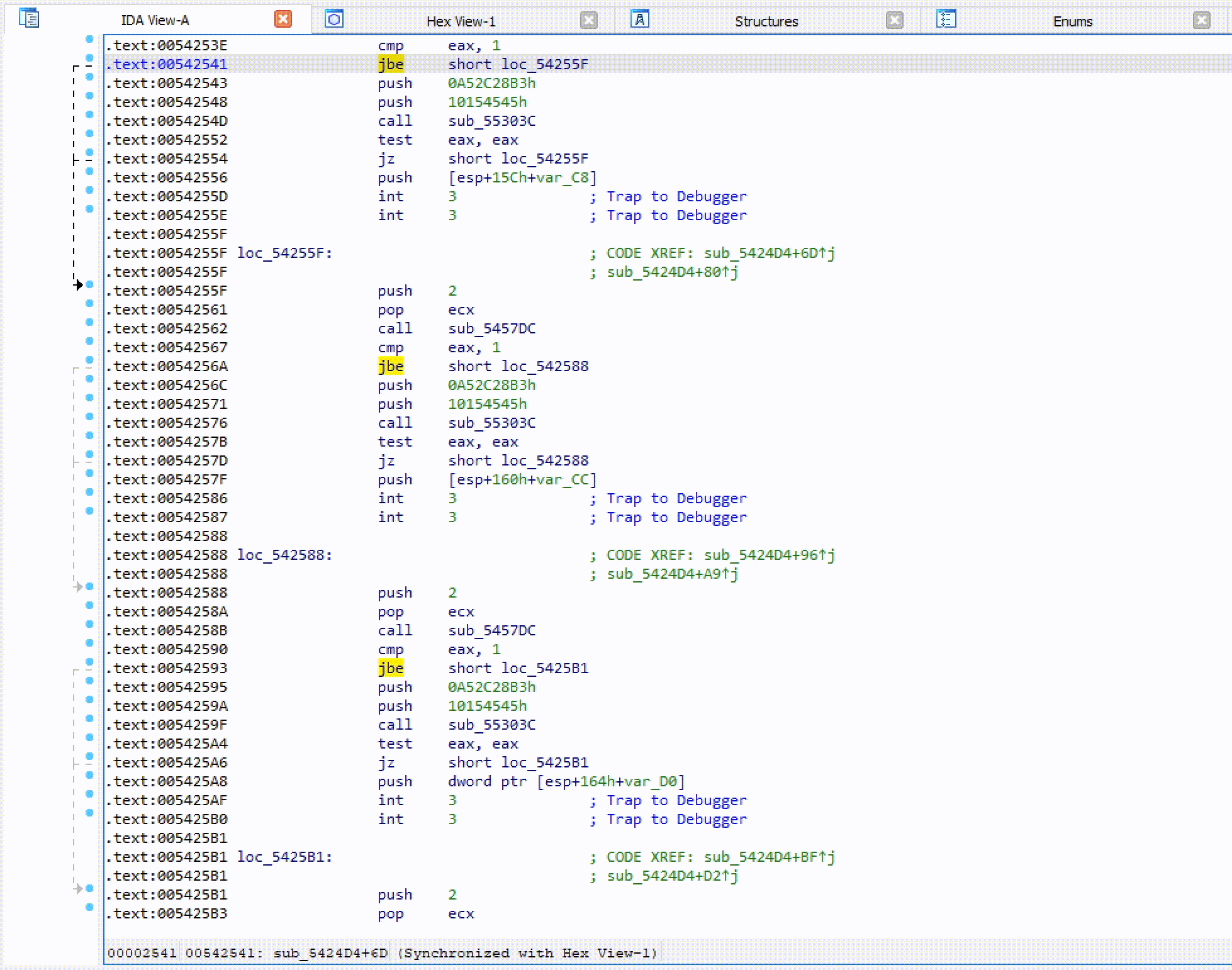Hashpic
Hashpic creates an image from the MD5 hash of your input.
Since v0.2.0 it is also possible to create an image from a SHA-512 hash.
Since v0.2.8 it is also possible to create an image from a SHAKE-256 hash with variable digest length of 16, 25, 36 or 64.
Install
pip3 install hashpic
Usage
> python3 -m hashpic 'Hashpic rocks!'
This should create a file output.png in your current directory. The input Hashpic rocks! should create the following image:
Piping from another program
All this commands should produce the same image as above.
> printf 'Hashpic rocks!' | md5 | python3 -m hashpic --bypass
> printf 'Hashpic rocks!' | python3 -m hashpic
Console Mode
SHA-512 Mode
It is also possible to create an image from a SHA-512 hash. All arguments for MD5 Mode are also available for SHA512 Mode.
> python3 -m hashpic --sha512 'Hashpic rocks!'
> printf 'Hashpic rocks!' | python3 -m hashpic --sha512
This commands should create the following image:
Examples
Bypassing a hash directly:
> python3 -m hashpic ff00ff00ff00ff0000ff00ff00ff00ffff00ff00ff00ff0000ff00ff00ff00ffff00ff00ff00ff0000ff00ff00ff00ffff00ff00ff00ff0000ff00ff00ff00ff --bypass --sha512
This command will produce the following image:
So we can call the hash above the so called chessboard hash.
You can also bypass a hash from another program:
> printf 'Hashpic rocks!' | sha512sum | awk '{print $1}' | python3 -m hashpic -c --sha512 --bypass
a11a61ccfce80f61
3aa90205a54afc67
e3b5fb495a4dfa29
e1c4171c8bf966a7
cfa50865bbd1004f
d2dc02015943010d
04c5db7df09d91ee
1a9172c68844b84c
Disclaimer
The color palette in data.py was copied from and influenced by the string-color library. Thanks for this!












